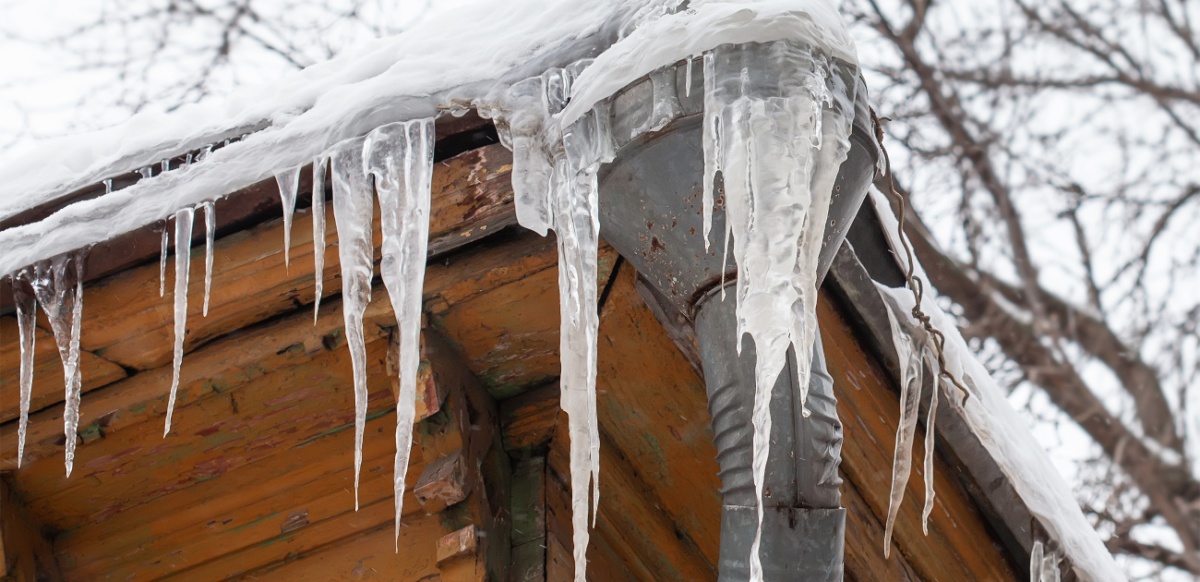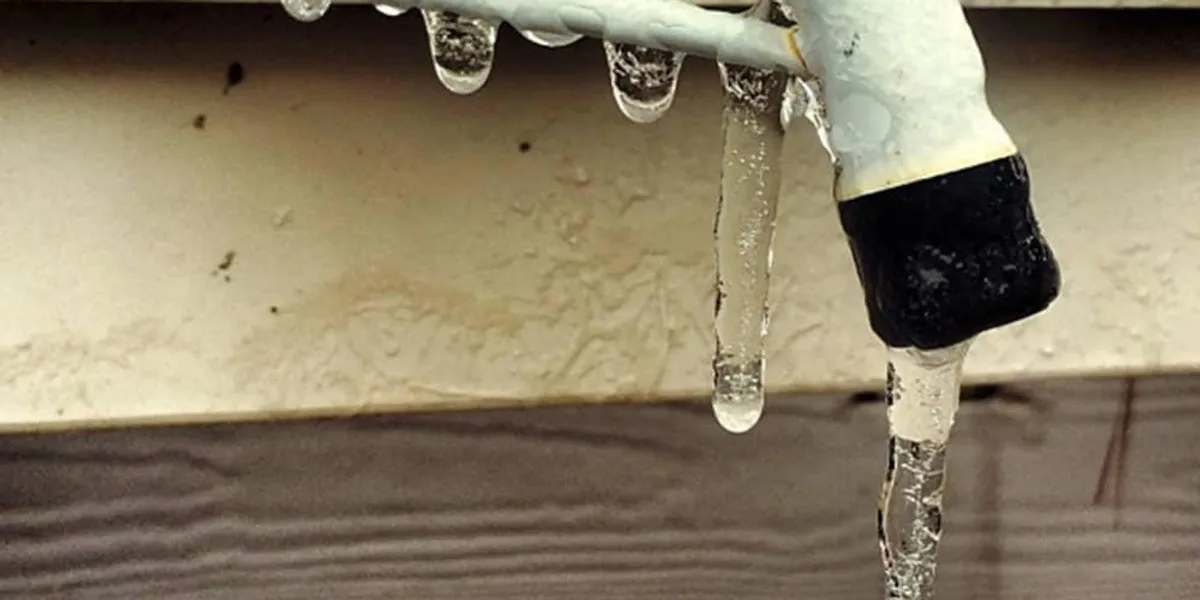Ways to Maintain Your Pipes from Freezing Issues: Crucial Advice
Ways to Maintain Your Pipes from Freezing Issues: Crucial Advice
Blog Article
Have you been hunting for information and facts concerning Preventing and dealing with frozen pipes?

Winter can damage your pipes, especially by freezing pipes. Below's how to stop it from occurring and what to do if it does.
Intro
As temperatures drop, the risk of frozen pipelines increases, possibly leading to expensive repair services and water damage. Understanding exactly how to stop frozen pipes is crucial for property owners in cold environments.
Prevention Tips
Shielding susceptible pipelines
Wrap pipelines in insulation sleeves or use warmth tape to safeguard them from freezing temperature levels. Focus on pipelines in unheated or outside locations of the home.
Home heating methods
Maintain indoor areas effectively heated, specifically areas with plumbing. Open cupboard doors to enable warm air to flow around pipes under sinks.
Exactly how to recognize icy pipelines
Seek reduced water flow from faucets, uncommon odors or sounds from pipes, and noticeable frost on subjected pipes.
Long-Term Solutions
Architectural adjustments
Think about rerouting pipes away from exterior walls or unheated areas. Add extra insulation to attic rooms, cellars, and crawl spaces.
Updating insulation
Purchase top quality insulation for pipelines, attics, and walls. Proper insulation helps preserve regular temperatures and lowers the risk of frozen pipes.
Safeguarding Outdoor Pipes
Garden tubes and exterior faucets
Separate and drain pipes yard hoses prior to wintertime. Mount frost-proof faucets or cover outdoor taps with protected caps.
Understanding Frozen Pipelines
What causes pipelines to ice up?
Pipes freeze when revealed to temperatures listed below 32 ° F (0 ° C) for extended periods. As water inside the pipes ices up, it increases, taxing the pipe walls and potentially triggering them to break.
Dangers and problems
Icy pipelines can lead to supply of water interruptions, residential or commercial property damage, and costly repair services. Ruptured pipes can flooding homes and create considerable architectural damage.
Indications of Frozen Pipeline
Identifying icy pipelines early can avoid them from bursting.
What to Do If Your Pipelines Freeze
Immediate actions to take
If you think frozen pipelines, keep taps available to ease pressure as the ice thaws. Use a hairdryer or towels taken in hot water to thaw pipes gradually.
Conclusion
Preventing icy pipes calls for proactive actions and quick feedbacks. By understanding the reasons, signs, and safety nets, homeowners can secure their pipes throughout winter.
6 Proven Ways to Prevent Frozen Pipes and Protect Your Home
Disconnect and Drain Garden Hoses
Before winter arrives, start by disconnecting your garden hoses and draining any remaining water. Close the shut-off valves that supply outdoor hose bibs and leave the outdoor faucet open to allow any residual water to drain. For extra protection, consider using faucet covers throughout the colder months. It’s also important to drain water from any sprinkler supply lines following the manufacturer’s directions.
Insulate Exposed Pipes
Insulating your pipes is an effective way to prevent freezing. Pipe insulation is readily available at home improvement stores and is relatively inexpensive. Pay close attention to pipes in unheated areas such as the attic, basement, crawl spaces, or garage. Apply foam insulation generously to create a buffer against the cold. You can also wrap your pipes in heat tape or thermostat-controlled heat cables for added warmth.
Seal Air Leaks
Inspect your home for any cracks or openings that could let in cold air. Seal any holes around the piping in interior or exterior walls, as well as the sill plates where your home rests on its foundation. Additionally, make sure to keep your garage door closed unless you’re entering or exiting. Leaving it open creates a significant air leak that can lead to frozen pipes.
Allow Warm Air Circulation
During cold snaps, it’s essential to allow warm air to circulate evenly throughout your home. Leave interior doors ajar to promote better airflow. Open kitchen and bathroom cabinets to help distribute heat consistently around the rooms. If you have small children or pets, be sure to remove any household chemicals or potentially harmful cleaners from open cabinets for safety.
Let Faucets Drip
A small trickle of water can make a big difference in preventing ice formation inside your pipes. When temperatures drop significantly, start a drip of water from all faucets served by exposed pipes. This continuous flow helps prevent the water from freezing. Additionally, running a few faucets slightly can relieve pressure inside the pipes, reducing the chances of a rupture if the water inside does freeze.
https://choateshvac.com/6-proven-ways-to-prevent-frozen-pipes-and-protect-your-home/

As an enthusiastic reader on Helpful Tips to Prevent Frozen Pipes this Winter, I assumed sharing that piece of content was smart. Sharing is good. One never knows, you may very well be doing someone a favor. We value reading our article about Prevent Frozen Pipes .
Prices & Booking Report this page